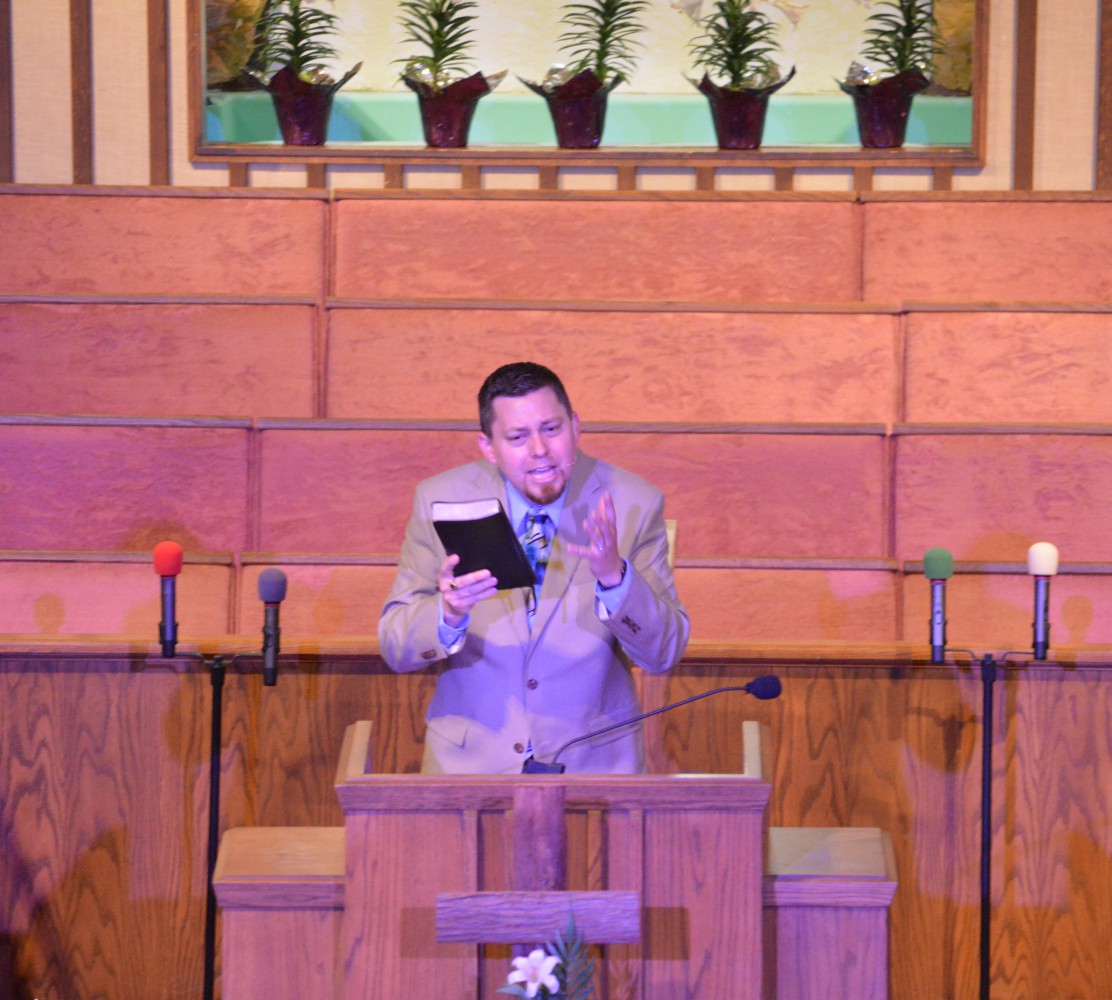
It is fascinating to observe the changes that are occurring in world missions, both in the United States and around the world. The ever-changing realities of the world we are seeking to reach with the Gospel are forcing pastors and churches to have to re-think their strategies to accomplish our God-given mission. As fundamental Baptists, our core principles remain the same when it comes to world missions: indigenous church planting. Our objective within the United States, and as we send missionaries internationally, is to plant churches that are self-governing, self-supporting, and self-propagating (reproducing).
The challenge is: How do we do it effectively? The models and systems that proven successful in times past are not necessarily as effective today. I certainly don’t have all the answers, but I am intrigued to see a few growing trends in world missions, even among independent Baptists. I share these, not as an endorsement, but to challenge our thinking as pastors, missionaries, and missions-minded believers. Here are three growing trends I am seeing:
Church-based ministry training
I believe that there will always be a place for traditional academic institutions to provide quality education, both in ministry and in other vocational fields. However, the biblical reality is that the primary responsibility of equipping the saints to do the work of the ministry falls upon the local church (Ephesians 4). Those of us in the pastorate have a responsibility, especially toward those who feel called to ministry, to equip them doctrinally and ministerially, to provide both education and experience. That is why we are seeing more and more church planters and foreign missionaries who are being trained “in house” through local-church Bible institutes and structured internship programs. The challenge of this approach may include a lack of an accredited, academic degree when seeking a religious visa by a foreign government. The benefits include far less time and resources spent in getting missionaries and church planters to their place of service, and more effective hands-on church experience.
Smaller, specialized sending agencies
I believe that there is still tremendous benefit for churches to work together in supporting mission agencies that reflect our values and priorities, that interview and vet potential candidates regarding their beliefs and principles, and that defend the authority of local churches. However, in recent years there has been an unmistakable trend in smaller agencies being formed to reach a targeted need. Some of these sending agencies focus on a particular people group or region of the world. Others focus on a particular strategy in world missions. These sending agencies seem to be very small and streamlined, often led by a pastor or small group of individuals, and do not seek to exclude larger mission agencies. The challenge is that these agencies (and their leaders) are not always known and trusted on a broader scale, therefore the endorsement of the church planter carries less weight than a larger, more recognized agency. The benefits are that they do not require much financial overhead or operating costs, and they can focus their attention and resources more effectively.
Emphasis on trade skills
In the United States we call it “bi-vocational” church planting. In foreign missions it is referred to as “tent-making” missions. Those who are called to preach the Gospel and plant churches in a particular area are seeing the benefits of having certified training in specific trades and practical skills. Some have formal training in education, business or engineering, while others have certifications in construction, graphic design, or technology. On the home front, it allows church planters to support themselves financially, while building relationships and credibility within the community they are seeking to reach. On a global setting, it opens doors for missionaries to get into particular fields on non-religious visas, or to powerfully serve some of the serious social and cultural needs of a people group whom they are called to reach. The challenge is that the implementation of these skill sets can end up consuming valuable time that cannot be given toward structured evangelism and discipleship efforts. The benefits (ironically) are that they can create greater opportunities for evangelism and discipleship, and can create access where traditional religious training cannot.
Whether we like these trends or not, they are clearly taking place. I see them through the many missionaries and church planters that contact me for support. I see them through the testimonies of pastors and missionaries who are thinking “out of the box” and making some great strides in world missions. Our objective must be clear and unchanging: planting indigenous churches. Our methods, models, and strategies, however, require wisdom, constant evaluation, and direction from the Lord. What trends are you seeing in world missions?

I can identify with this. I use my skills as a website developer to support ministries and nonprofits. Which is what gets my foot in the door to minister and build relationship. It’s all about connection.
This is great. And very true